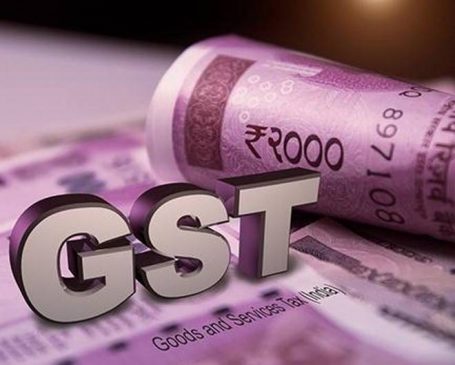Getting a GST number can seem intimidating, especially if you’re doing it for the first time. But the good news is that the process is straightforward and can be done completely online. Whether you’re starting a new business or need to get your tax affairs in order, we’ve got you covered. In this guide, we’ll walk you through the GST registration process in just six simple steps.
If you’re running a business in India with a turnover exceeding the threshold limit, it’s mandatory to register for Goods and Services Tax (GST) and obtain a unique GST Identification Number (GSTIN). This registration process might seem overwhelming, but it can be simplified with a step-by-step approach. Here’s how you can apply for a GST number in just six easy steps.
Step 1: Visit the Official GST Portal
To begin the GST registration process, go to the official GST portal: www.gst.gov.in. This is the government site where all GST-related procedures take place, including registration, filing returns, and tracking payments.
Step 2: Create a New User Account
Once on the portal, look for the “Services” tab. Under that, select “Registration” and then click on “New Registration.” You’ll be required to fill out basic details like:
- Your business’s legal name (as per PAN)
- PAN of the business or proprietor
- Email address and mobile number
- Place of business
After submitting this information, you will receive an OTP (one-time password) on your registered mobile number and email for verification.
Read More: Central govt staff likely to receive 3-4 % raise in DA ahead of Diwali: Report
Step 3: Submit Temporary Reference Number (TRN)
- Once you’ve verified your mobile number and email, the portal generates a Temporary Reference Number (TRN). Use this TRN to log back into the portal and proceed with the registration process.
- After entering the TRN, you’ll receive another OTP for security purposes, allowing you to access the registration form.
Step 4: Fill Out the Application Form (Part B)
In this step, you’ll need to complete Part B of the application, which requires more detailed information about your business. Key fields to fill out include:
Business details: Legal name, PAN, principal place of business, and any additional business locations.
Promoter/Partner details: Name, PAN, and contact details of business owners.
Authorized Signatory: Information about the person authorized to sign and submit the GST application on behalf of the business.
Bank details: Provide the business’s bank account information for refunds or any GST-related transactions.
Principal Place of Business: Upload documents like a rental agreement, electricity bill, or property tax receipt as proof of the address.
You will also need to select the type of registration you require (regular taxpayer, composition scheme, or casual taxpayer).
Step 5: Upload Required Documents
You’ll need to upload supporting documents for verification. These typically include:
- PAN card of the business or proprietor
- Aadhaar card of the authorized signatory
- Proof of business address (rental agreement, electricity bill, etc.)
- Bank statement or a cancelled cheque
- Business registration certificate (if applicable)
- Digital signature certificate (for companies and LLPs)
Ensure all documents are in the required format and size as specified on the portal.
Step 6: Verification and Submission
After uploading the documents, the final step is verifying the application through either:
- Electronic Verification Code (EVC) sent to your registered mobile number and email
- Digital Signature Certificate (DSC) (mandatory for LLPs and companies)
Once submitted, you’ll receive an acknowledgment number. The application will be processed, and within a few days, you’ll receive your GSTIN and Certificate of Registration through email.
Registering for a GST number in India is now easier than ever, thanks to the streamlined online process. Remember to keep all necessary documents ready to avoid any delays. With your GSTIN in hand, you can seamlessly collect taxes, file returns, and grow your business within the structured framework of India’s tax system.



































